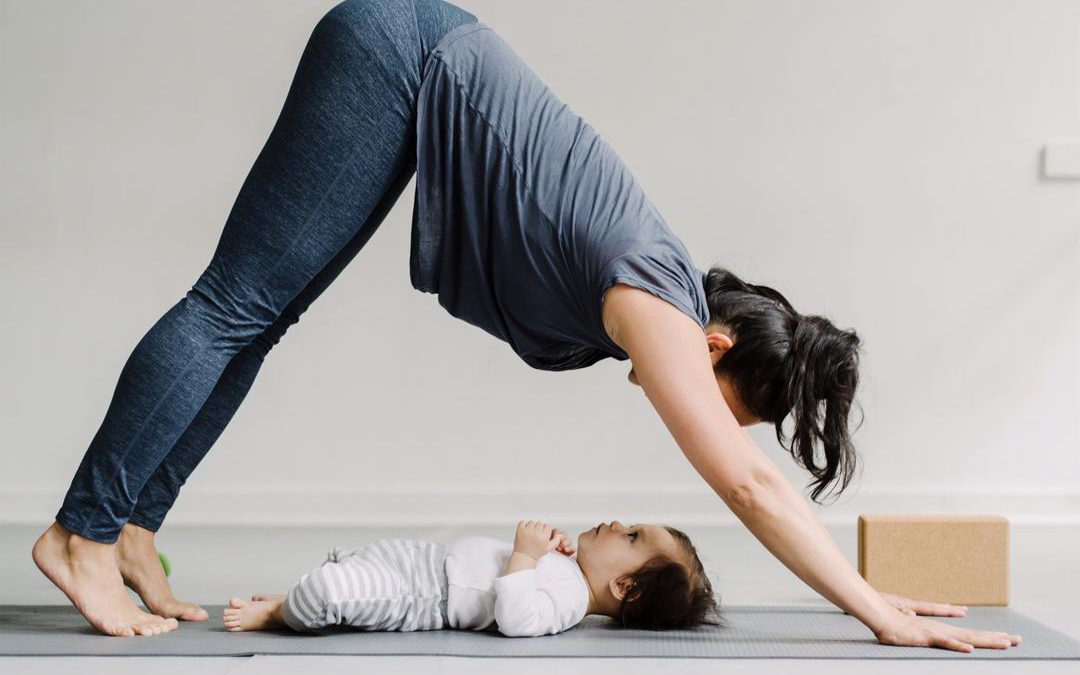After childbirth, puerpera needs a period of rest and recuperation of the body, so that the body, especially the uterus, can restore to the prenatal level. But how long does it take for the uterus to recover after delivery? Is there any way to make the uterus recover faster?
How long does it take for the uterus to recover? The first is the restoration of the uterine body. After the placenta is expelled, the uterus begins to contract and recover. Starting from the level of the navel, descend 1-2 cm per day, and at 10-15 days postpartum, the uterus basically enters the pelvic cavity. At the same time, within 6-8 weeks after delivery, the volume of the uterus is also slowly reduced, from about 1000 grams in the third trimester to about 50 grams before pregnancy, and its shape is also restored to the state before pregnancy.
This is followed by cervical restoration. Right after delivery, the cervix is soft, congested and edematous. The wall of the cervix is also thin and wrinkled like a cuff, which takes seven days to return to its original shape. After 7-10 days, the internal orifice of the cervix will be closed for internal repair. After about 30 days, the cervix returns to its normal size.
Then, it is followed by endometrial restoration. At birth, the uterine wall attached to the placenta is about the size of your hand. About 2 weeks postpartum, the diameter can be reduced to 3-4 cm, but complete healing takes 6 to 8 weeks. In addition to the placental attachment, the uterine cavity will be covered by the new endometrium about 10 days after delivery, and complete reconstruction will take about 2-3 weeks.
After necrosis and shedding of uterine decidua, mixed with blood epithelial cells and bacteria discharged from the vagina, known as “lochia”. Lochia generally lasts for about 4-6 weeks. It is red for the first two days, then becomes lighter and less abundant after a few days, and becomes pale yellow or milky white around the tenth day. If lochia is still red and lasts for more than 10 days, it may be caused by incomplete uterine recovery, and you should go to the hospital immediately.
/126292540-56a771cb5f9b58b7d0ea8ed9.jpg)
So, how do we promote uterine recovery?
First, urinate as early as possible. Retention of urine can cause bladder enlargement and prevent uterine contractions leading to postpartum bleeding or cystitis. Therefore, urination should be done as soon as possible after delivery, usually within 4 hours after delivery.
Second, don’t stay in bed late. Mothers had better get up and move in 6-8 hours after delivery, which is conducive to the recovery of physiological function and physical strength, and helps the uterus to recover and lochia discharge.
Third, light exercise. Postpartum exercise such as abdominal breathing can effectively shrink and recover the uterus and lower abdomen.
Fourth, nipple stimulation. Stimulating the nipple can help the uterus contract and speed its recovery. Therefore, postpartum should let the baby suck breast milk as soon as possible. For mothers who are not nursing, massage the breast or heat the breast to stimulate the nipple. In this case, mothers can use the best disposable nursing pads.
Fifth, massage the uterus. Place your hands around your navel and give a circular massage to your uterus. Postpartum regular massage of the uterus, can make the uterus muscle stimulate contraction, help lochia discharge and uterine recovery.
Sixth, take a shower. Bathing reduces bacteria around vulvar wounds and improves blood circulation, which helps heal wounds.
If mothers want a clearer picture of how their uterus is recovering, it’s best to go to the hospital for a full checkup. Generally, postnatal examinations are recommended 42 to 56 days after delivery, including breast and milk production, uterine recovery, bilateral fallopian tubes and ovaries, abdominal and perineum and lateral incision, pelvic floor muscle support, etc.


No Replies to "Postpartum Uterine Recovery Process"